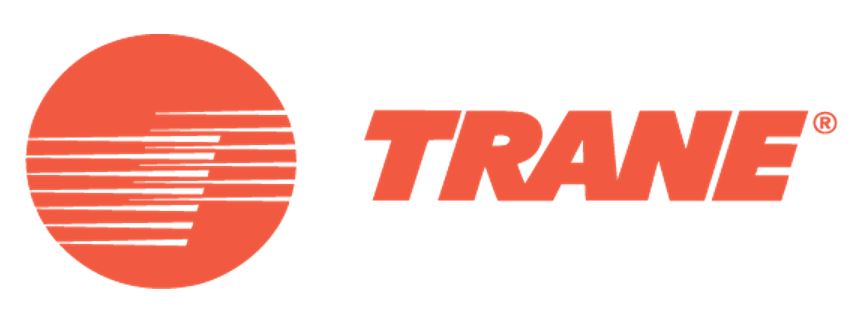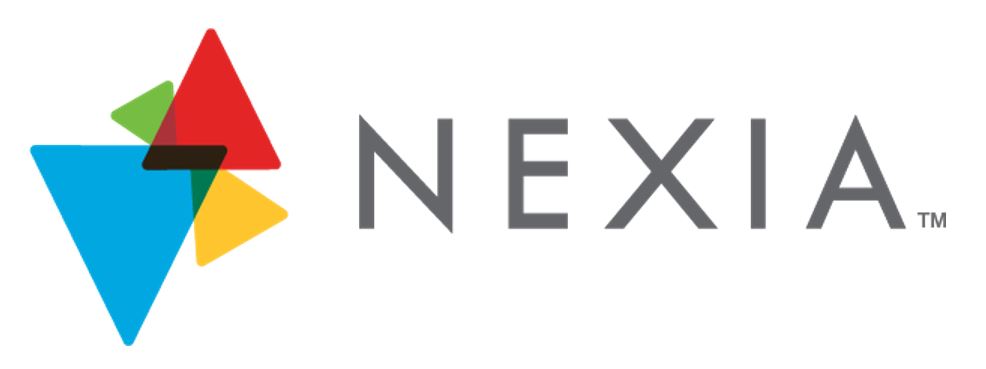Get answers to some of the most commonly asked questions about heating and cooling equipment and maintenance.
Q. What does HVAC stand for?
A. Heating, Ventilation and Air Conditioning.
Q. What is SEER?
A. SEER stands for Seasonal Energy Efficiency Ratio. The size of the air conditioner is rated in BTU or Tons, however the efficiency is rated in SEER. The SEER rating of a unit is the cooling output during a typical cooling-season divided by the total electric energy input during the same period. The higher the unit’s SEER rating the more energy efficient it is.
Q. What routine maintenance do heating and air conditioning systems need?
A. The most important part of heating and air conditioning maintenance is sustaining unrestricted air flow. Keeping your HVAC system free of dust, dirt, grass clippings and debris is extremely important. Whether you have an indoor or outdoor unit you must keep all filters clean and heat exchangers and coils free of restrictions. We recommend you change you filters every 2 to 3 months and have your equipment serviced twice a year.
Q. How do I select the right heating/cooling system for my home?
A. Your Climate Control Systems specialist will guide you to the proper system for your home. This is based on a calculation of size, energy use and comfort level.
Q. Should I close registers and doors to rooms that I do not use on a regular basis?
A. No. Every system is designed to cool a certain number of square feet. By changing the amount of space the unit is designed to cool you disrupt the systems air flow and efficiency. Your system will have to work harder to cool less space. Therefore, the unit will run less efficient.
Q. What are the advantages of a programmable thermostat?
A. Because they are electronic, programmable thermostats are more accurate and efficient then thermostats that contain mercury. They also allow you to automatically control the temperature in your home at different times of the day without ever touching your thermostat.
Q. What temperature should my air conditioner produce?
A. The temperature produced by your system depends on the temperature of the air going into it. Generally, the air produced should be 15 to 20 degrees below what enters the system. For example, if the air entering the system is 80 degrees then the exiting air should be about 60 to 65 degrees. However, that is only the case if the system is operating properly and has been running at least 15 minutes on a warm dry day with an average indoor temperature of 80 degrees. On a cooler day with the indoor temperature 70 degrees, the air coming out should be 50 to 55 degrees.
Q. How does the phase-out of R-22 affect you?
A. It is important to keep in mind that the production — not use — of R-22 is being phased out. You are not required to stop using R-22 air conditioners nor to replace existing equipment. However, the phase out may impact your decisions on servicing, repairing or replacing your existing air conditioning or heat pump system.
While R-22 remains available for servicing equipment it is important to know that supplies of R-22 will become more limited and the price of this refrigerant may increase. This could impact the cost of having your system serviced in the future. Working with a qualified service technician who will provide ongoing, regular service to your system is an important measure for maintaining its efficiency and refrigerant charge, as well as reducing your system’s impact on the environment.
It is important to note, the newest refrigerant used in home air conditioning systems today, known as R-410A, cannot be used in any system not specifically designed for it. R-410A has a higher pressure than R-22, so R-22 equipment components cannot handle the pressure of R-410A.

